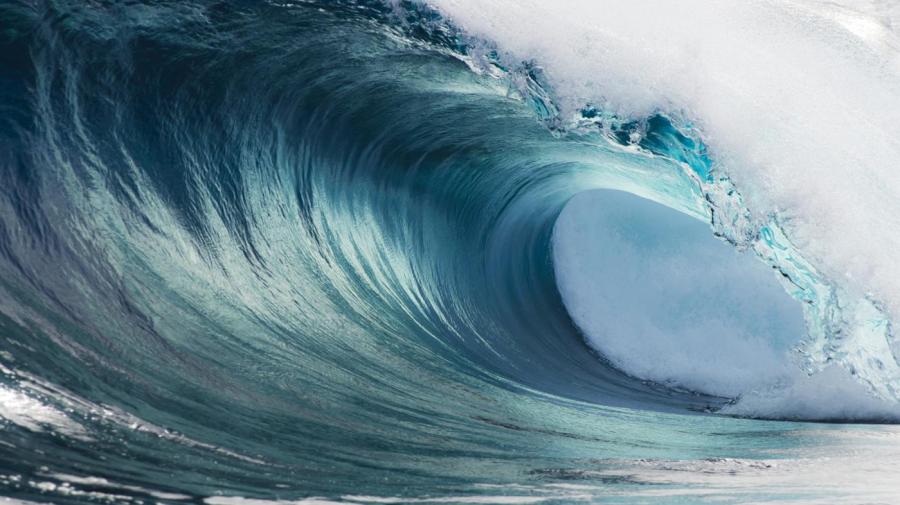How Do Tsunamis Start?

Tsunamis start from any large, sudden displacement of water. This includes earthquakes, landslides, volcanic eruptions and the breaking of coastal ice, such as in glaciers or icebergs. Rarely, a large body from space, such as a meteorite, can cause a tsunami.
Most often, tsunamis start from underwater earthquakes that happen along tectonic plate lines. Earthquakes that shift one side up or down significantly cause a sudden change in where that volume of water is located, which in turn creates a large wave. The wave then continues until it reaches land. Other underwater causes include underwater landslides or landshifts, which are often caused by earthquakes. These underwater causes are usually the most dangerous.
Causes that affect the surface of the ocean are less deadly, and the resulting waves tend to lessen in strength as they emanate from the source. This includes any situation in which something large falls suddenly into the ocean. A large piece of ice from a glacier or iceberg or rocks falling from a cliff side are the most common examples of this. This can also cause large waves in smaller bodies of water, such as lakes and smaller seas. Rare examples, such as meteorites, are relatively harmless unless a very large asteroid is involved.





